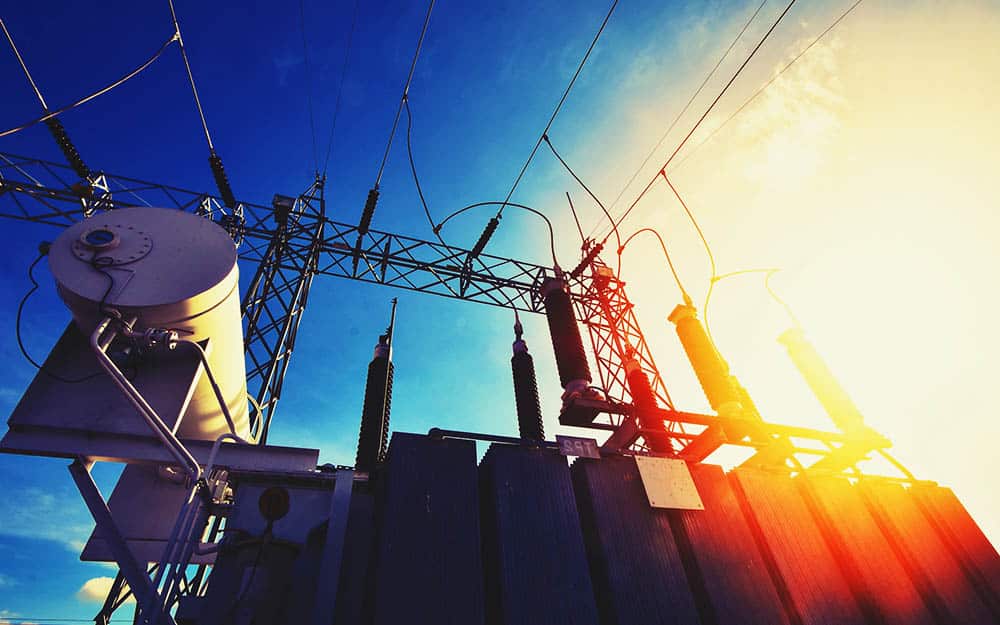Light Up Your World with Energy-Efficient Technology: Why Upgrading is a Must
The lighting industry has undergone significant changes in recent years with the rapid advancement of technology. The old incandescent bulbs that once illuminated our homes are fast becoming extinct, making way for more energy-efficient and sustainable alternatives. By embracing new lighting technologies, homeowners and businesses alike can not only reduce their environmental impact but also save money on energy bills. In this article, we explore the reasons why upgrading to energy-efficient lighting is the key to a brighter and greener future.
Energy Efficiency: A Major Concern
As our world evolves, more and more people are becoming conscious of the need to reduce their carbon footprint. Energy efficiency has become a major concern, with many individuals and organizations actively seeking ways to conserve energy and minimize waste. Lighting is one area where energy efficiency can significantly impact how we use resources. Traditional incandescent bulbs consume a lot of energy and contribute to greenhouse gas emissions, which contribute to climate change. Governments around the world are increasingly implementing regulations to phase out these bulbs in favor of more efficient alternatives such as LEDs, CFLs, and halogen bulbs.
The Advantages of Energy-Efficient Lighting
Upgrading to energy-efficient lighting has numerous advantages, which go beyond just cost savings. Some of the benefits of these technologies include:
- Reducing energy bills: Energy-efficient bulbs consume up to 80% less energy than traditional bulbs, translating to significant cost savings for homeowners and businesses.
- Extended lifespan: Energy-efficient bulbs last much longer than incandescent bulbs, reducing the need for replacements and saving money.
- Improved quality of light: New lighting technologies provide brighter and more consistent illumination, enhancing the ambiance of any room.
- Reduced environmental impact: Energy-efficient bulbs contribute to lower carbon emissions and help conserve energy resources.
Types of Energy-Efficient Lighting Technologies
There are several types of energy-efficient lighting technologies available on the market, each with its unique advantages and disadvantages. The most common types of energy-efficient bulbs include:
Light Emitting Diodes (LEDs)
LEDs are perhaps the most popular energy-efficient lighting technology available today, and for a good reason. These bulbs consume up to 70% less energy than incandescent bulbs and last up to 25 times longer. LEDs come in a range of colors, and their brightness can be easily adjusted according to individual preference. Although they have a higher upfront cost than traditional bulbs, LEDs will save you a considerable amount of money in the long run.
Compact Fluorescent Light (CFL)
CFL bulbs are compact and use electricity to excite mercury vapor, which then emits ultraviolet light that produces visible light. These bulbs are energy-efficient and last up to ten times longer than traditional bulbs. CFLs may emit a slight humming sound and take a few seconds to warm up, but they provide excellent lighting quality overall.
Halogen Bulbs
Halogen bulbs use a tungsten filament and a halogen gas to produce light. These bulbs are more energy-efficient than traditional bulbs and have a longer lifespan of up to three times longer. Halogen bulbs emit a bright and warm light that is similar to traditional bulbs but run at a much lower wattage.
How to Choose Energy-Efficient Lighting
Choosing energy-efficient lighting can be challenging, as there are many factors to consider. Here are some tips to help you choose the right energy-efficient bulbs:
- Consider lumens instead of watts: Traditional bulbs are measured in watts, while energy-efficient bulbs use lumens. Lumens are a measure of brightness, and the higher the lumen count, the brighter the light.
- Consider color temperature: The color temperature of light is measured in Kelvin, with warm light having a lower Kelvin number than cool light. Consider the ambiance you want to create when choosing the color temperature.
- Choose the right bulb size: Make sure you choose the right bulb size for your fixture to ensure optimum performance.
- Consider motion sensors and dimmers: These can help reduce energy consumption by automatically turning the lights off when no one is in the room.
The Importance of Upgrading
Upgrading to energy-efficient lighting not only saves money in the long run but also has a positive impact on the environment. Making the switch to energy-efficient lighting is not only a smart choice for homes but also in commercial spaces, reducing the energy bills of businesses while also increasing the quality of lighting. Even small upgrades, such as changing one’s lightbulbs, can lead to significant energy savings and positive environmental impacts.
Conclusion
Energy-efficient lighting technology is the way of the future, and it’s essential to embrace it to help preserve our planet. Whether you choose LED, CFL, or halogen bulbs, there are numerous advantages to these energy-efficient technologies. Upgrading your lighting does not have to be a difficult or expensive process. Instead, it’s a simple yet effective way of saving money on energy bills, improving the quality of lighting it emits, and reducing your carbon footprint. Together, we can work towards creating a brighter and energy-efficient future.
Últimas entradas de Jonathan Parker (ver todo)
- Revolutionize your Communication Strategy: Why a Strong Network is Key to Success - 28 de abril de 2023
- Conéctate al mundo: La importancia del Wi-Fi en español - 28 de abril de 2023
- Robots revolucionarios: cómo la tecnología está transformando nuestras vidas - 28 de abril de 2023
